Overview
Acid Reflux is a common digestive complaint ranging from mild to severe. Gastroesophageal reflux disease (GERD) is the chronic, more severe form of acid reflux. You will often hear both terms used interchangeably but they are quite different.
Reflux conditions are defined by stomach acid (HCl) escaping through the lower oesophageal sphincter into the oesophagus. The acidic nature of HCl, aggravates oesophageal tissue causing discomfort, burning, pain, throat irritation and acidic taste. The role of the lower oesophageal sphincter muscle is to allow the passage of food into the stomach but prevent stomach contents backing up and escaping. Its action is somewhat like a trap door.
When this muscle weakens intermittently or loses integrity, food and HCl, back up into the oesophagus. Chronic reflux/GERD can result in oesophageal damage.
For many, managing reflux involves symptom suppression using over the counter or prescribed medication. Whilst this approach brings much needed relief, it may precipitate digestive compromise, including decreased levels of and acidity of stomach acid, gas, bloating, change in bowel habit.
Reflux can affect all ages, babies to elderly.
Silent Reflux (LPR) typically does not present with discomfort or pain and for this reason is frequently overlooked as reflux. Triggers may indeed be the same as Reflux/GERD with symptoms presenting as throat irritation, cough and ear ringing.
Causative factors
- Specific foods known to encourage reflux
- Food Intolerance
- Stress
- Overeating/large serves
- High fat foods/meals
- Alcohol
- Insufficient or excess stomach acid
- Eating less than 3 hours before bed
- Wearing tight clothes around the middle/chest
- Lying down
- Pregnancy
- Exercise/bending over
- Smoking
Symptoms
- Burning sensation and pain in the stomach &/or chest
- Belching
- Nausea
- Bloating
- Shortness of breath/wheezing
- Sour/acidic taste in the mouth.
- Throat discomfort
- Ulceration of the oesophagus
- Throat discomfort
- Hoarse voice
- Vocal cord damage
- Coughing (silent reflux)
- Throat clearing (silent reflux)
- Sore throat (silent reflux)
- Ear ringing/tinnitus (silent reflux)
Associated Conditions
- H.Pylori
- Hiatal Hernia
- SIBO – Small Intestinal Bacterial Overgrowth
- Gastroparesis (delayed gastric emptying)
- Food intolerance
- Allergies (increased histamine release increases stomach acid production)
- Gallbladder conditions
- Weakened Oesophageal Sphincter (allows backflow of stomach content)
Functional Tests
I have extensive experience working with patients suffering Reflux/GERD, either as a condition or as part of a bigger digestive picture. Working to establish additional contributing factors can be crucial to managing Reflux/GERD and aid tissue damage repair. I seek to establish what is behind an individual’s experience of Reflux/GERD. Once we identify these, we can begin to make a difference.
A variety of test options are available to dive deeper into personal triggers. Evaluation of the most appropriate test selection will be guided by assessment of historical health, current health and pertinent symptoms.
Small Intestinal Bacterial Overgrowth (SIBO) – 3-hour Breath Test
In my clinical experience the presence of SIBO has frequent association with Reflux/GERD. The build-up of gas from bacterial fermentation in the small intestine creates pressure leading to belching, pain and stomach acid to escape the stomach entering the oesophagus. There are specific ways I work with SIBO to better manage reflux.
Helicobacter pylori (H.Pylori) – Stool or Breath Test
H. pylori is a bacterium which survives and thrives in the mucosal layer of the stomach. For some, this bacterium is self-limiting and requires no intervention. Others experience reflux, low grade stomach inflammation, and irritation/inflammation of the duodenum (upper small intestine). In more severe cases H. Pylori can lead to stomach ulcer development.
P88 Dietary Antigen Test – Venus Blood Draw
Food Intolerance and Allergyidentification allows for personalised dietary action. With offending foods removed, histamine production reduces alongside reflux. Histamine is associated with increased levels of HCl and reflux.
Intervention
Targeted intervention is inevitably dependable on identifying the root cause but as a general guide bespoke dietary modification plays an essential role, therapeutic supplement choice may help soothe reflux, heal tissue, clear SIBO, support digestion. Key lifestyle recommendations can better manage symptoms.




